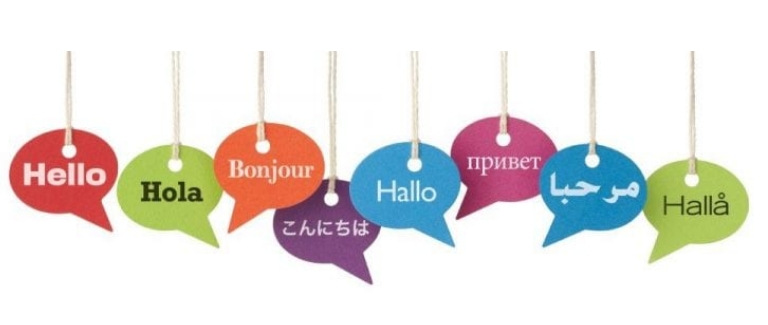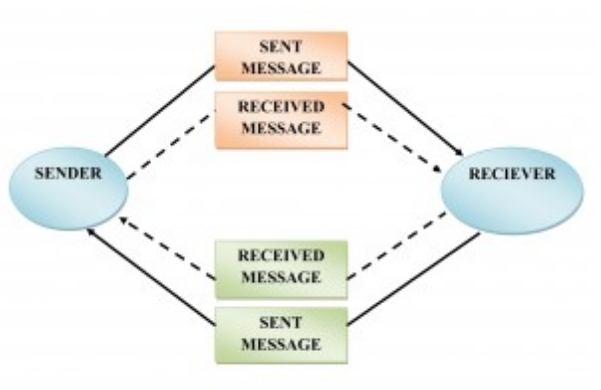
Encoding and decoding are very important for cross-cultural communication. According to Ruben (1977), cross-cultural communication refers to non-verbal and verbal communication between individuals with different backgrounds and cultures. As a complex communication process, individuals need to achieve the effectiveness of communication through encoding and decoding. As an interactive process, encoding refers to the process of individuals converting thoughts into communication, while decoding refers to the process of converting communication into thoughts (Wang and Chen, 2021). In the process of communication, people not only need verbal communication to achieve the exchange of information, but also need to choose a variety of channels to convey information (Warren, 2017). However, in the process of cross-cultural communication, face-to-face conversations between individuals may have ambiguities in the exchange of information and ideas due to cultural differences. For example, Japanese people tend to greet others by bowing, while Europeans and Americans tend to greet others by kissing on the cheek or shaking hands (Lin, 2022).

In the process of cross-cultural communication, verbal and non-verbal communication forms require groups from different backgrounds to encode and decode communication based on differences in culture and values (Li, 2015). Especially in the process of deconstructing communication forms, the encoder conveys the meaning of the message to the public by adjusting the information and semantics, but in the information distribution, the encoder may modify specific information to ensure that the receiver can understand the meaning (Gao and Fang, 2015). However, due to cultural differences, when decoding the information, the receiver may convert the sender’s ideas into ideas based on his own cognition, which may lead to errors in understanding the information in cross-cultural communication.

Therefore, in face-to-face cross-cultural communication, individuals need to achieve the effectiveness of understanding information based on their understanding of cultural differences (Li, 2015). On the one hand, individuals can enhance the convenience of dialogue based on the development of contemporary communication technology. For example, especially in the process of long-distance cross-cultural communication, individuals can be aware of the differences in culture and values when writing emails, and pass the information to the receiver by semantically modifying the text information. On the other hand, in addition to verbal communication, individuals can also achieve information encoding and decoding based on a variety of information channels. For example, individuals can enable the information receiver to decode the information based on the transmission of information sensors (Gao and Fang, 2015). In addition, individuals can also achieve cross-cultural communication through non-verbal communication. In summary, each type of information encoding may lead to errors in cross-cultural communication to some extent, but based on clear verbal and non-verbal expressions, individuals can achieve effective cross-cultural communication based on their understanding of diverse cultures.
References
Gao, W., and Fang, C. C. (2015). The Effects of Communication Attitude on Cross-National Communication Barriers with Encoding, Decoding, and Transmitting as Mediating Variables. Another activity dramatically impacted by the pandemic is education. Online teaching, pp.57.
Li, A. (2015). Encoding and decoding of emotional speech: a cross-cultural and multimodal study between Chinese and Japanese. Springer.
Lin, W. (2022). A study of cross-cultural communication strategies of American TV series in China from the perspective of encoding and decoding—illustrated by the example of Modern Family. In SHS Web of Conferences (Vol. 148, p. 01007). EDP Sciences.
Ruben, B. D. (1977). Guidelines for cross-cultural communication effectiveness. Group & Organization Studies, 2(4), pp.470-479.
Warren, T. (2017). Cross-cultural Communication: Perspectives in theory and practice. Routledge.
Wang, Y., and Chen, W. (2021, August). Cross-cultural communication strategies research of socializing apps during internet era. In 2021 5th International Seminar on Education, Management and Social Sciences (ISEMSS 2021) (pp. 454-460). Atlantis Press.

